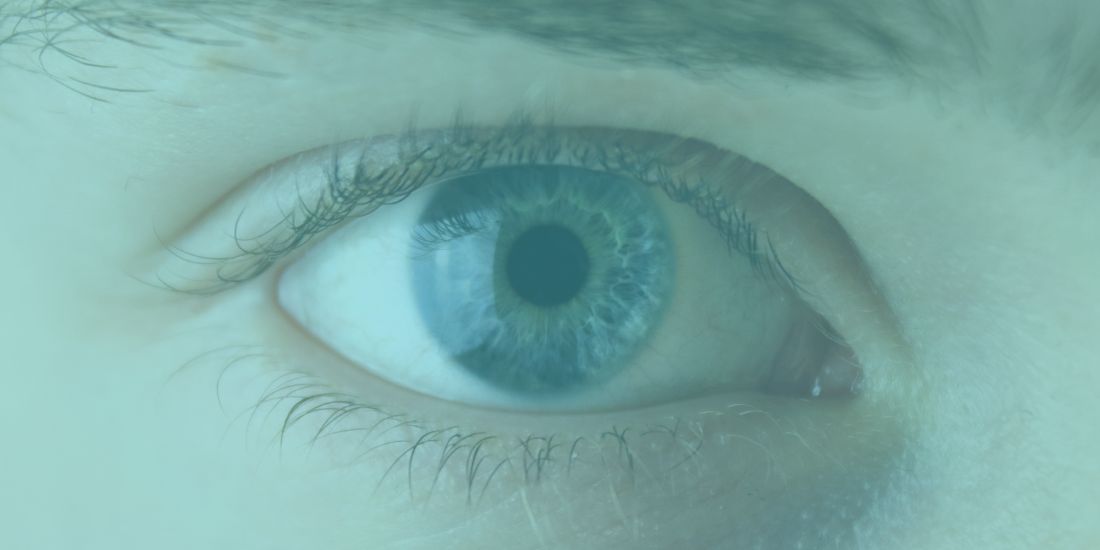Astigmatism is a common visual finding that most commonly affects the shape of the cornea and can cause distorted or blurry vision. It is essential to properly diagnose and treat astigmatism to maintain good vision and eye health.
In this article, Gurjeet Jutley discussed the causes, symptoms, and treatment options for astigmatism.
What is astigmatism and how is it caused?
The eye has two structures, the cornea and the lens, that have curved surfaces. These bend, or refract, light onto the retina to make images. The cornea is the clear front surface of the eye alongside the tear film, and the lens is a clear structure inside the eye that changes shape to help the eye focus on near objects.
When an eye is perfectly spherical in shape each of these elements will have a round curvature. This allows the cornea or lens to refract all incoming light equally to create a sharply focused image directly on the retina at the back of the eye.
Astigmatism is caused when there is an irregularity in the shape of the cornea, the clear front surface of the eye, or the curvature of the lens inside the eye. This irregular curvature causes multiple focus points, causing blurred vision.
One can have either corneal astigmatism, lenticular astigmatism or both. Hence astigmatism can occur in combination with other vision conditions such as nearsightedness (myopia) or farsightedness (hyperopia), cataract, etc.
What are the common symptoms of astigmatism?
Some of the common symptoms of uncorrected astigmatism are:
- Distorted or blurred vision
- Discomfort or eyestrain
- Headaches
A refraction can help identify and correct astigmatism by implementing treatment. Hence the importance of regular eye tests, encompassing:
- Visual acuity test
This measures how clearly you can make out letters or symbols from a distance.
- Retinoscopy
This involves shining a light into the eye to measure the reflection.
- Keratometry
This is a test that’s used to measure the curvature of the cornea to determine the presence and degree of astigmatism.
- Corneal topography
This creates a detailed map of the front surface of the eye and can help to identify corneal abnormalities including astigmatism.
How is astigmatism treated?
Astigmatism is treated either by wearing corrective lenses or through refractive surgery.
- Corrective lenses
Corrective lenses in the form of glasses or contact lenses help to compensate for the uneven shape of the eye. Lenses corrects the light to bend into one focal point.
- Refractive surgery
Refractive surgery can improve correct astigmatism, improve vision overall and reduce the need for eyeglasses or contact lenses. The surgery can be at the level of the cornea or lens, such as toric lenses.
If you are having difficulties with your vision or have any of the possible symptoms of astigmatism outlined above it’s important to seek an examination as soon as possible. For further advice regarding astigmatism or to book a consultation contact Gurjeet Jutley today.

